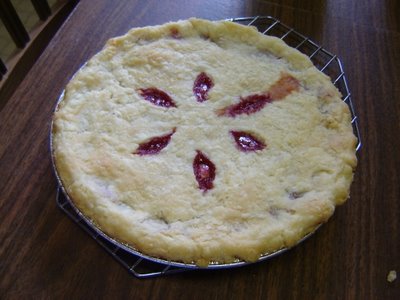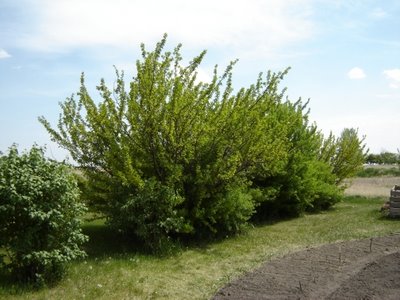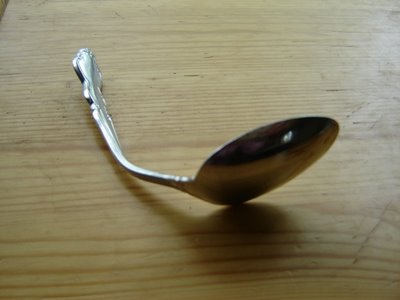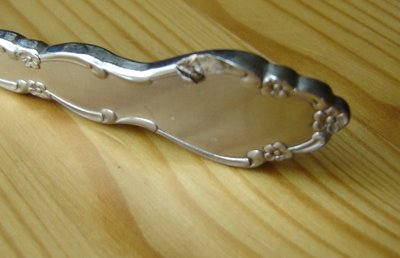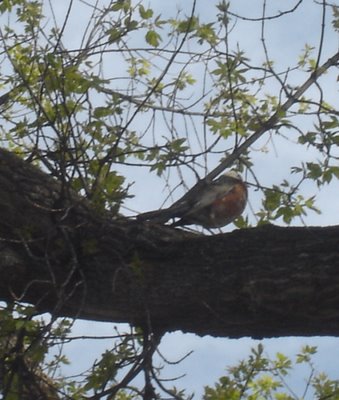Still, I've been thinking. It occurred to me that there is a certain stubborn streak that many of us share, a contrary determination to live here and to love it. We take delight in appreciating subtle beauties that others can't see for looking at. We agree that "mountains are nice, but they get in the way of the view." And we just love to talk about our 40-below weather, and the day-to-day activities that carry on in spite of it.
The topic of dangerous weather brings me to a trait that is well known, and yet probably diminishing among us. I call it the "open door." I believe it is found in many frontier cultures, and persists in some cultures that are not far removed from their frontier origins, either in time or in increased safety and security. It is an unwritten code that says, if a neighbour or a stranger comes to you out of a blizzard, your door is open to them. That basic rule of community survival spills over into all aspects of life, so that we have been known as friendly, helpful people.
Another thing: I've been told that Saskatchewan people are recognized world wide, in international-aid circles, as resourceful, effective, resilient volunteers. Whether we have some unique cultural basis for that, or whether it's just our predominantly rural agricultural background showing through, I don't know. Maybe it's partly our very lack of culture that makes us successful in an international context. Not having a strong framework of cultural codes that we rely on for comfort and identity, perhaps we adapt more readily when encountering a strong, strange code somewhere else. I'm speculating wildly here. As for myself personally, I'd say you'd have a very tough time getting me overseas in the first place, so I really have to wonder if I'd do much good there.
I was dismayed, last February, to read the following description of a culture. It was written by someone who grew up here. At the time, I recoiled, thinking, "Speak for yourself!" But on re-reading it, I can see some sad truth in it.
After all, no matter what our race, heritage and family history may be- the vast majority of those living in the west share the same culture. Culture isn't dressing up in a kilt once a year, or celebrating Ukranian Christmas. It's climbing in your Dodge Caravan, popping in a Red Hot Chili Peppers CD on the way to pick up the kids from hockey or soccer or band practice. It's heating up a frozen pizza and flipping the channels to find CNN or Jeopardy.Just look at all the marketed values in there! A minivan, frozen pizza, TV - these aren't valued for their local usefulness, or their expression of a uniquely shared history. They're valued for their usefulness within a generalized cultural system. They're also valued by their manufacturers for their revenue-generating power, and that revenue is maintained by reinvesting some of it in advertising.
What it comes down to is this: we have a shifting, constantly reinvented culture that is delivered to us by marketers who just can't wait to make money off another fad. If there is anything innate to us about this culture, it is our willingness, indeed eagerness, to absorb the latest innovation. "The door is open. If you need some money to grow the economy, come on in and empty our pockets. It's the least we can do."
Very sad.
